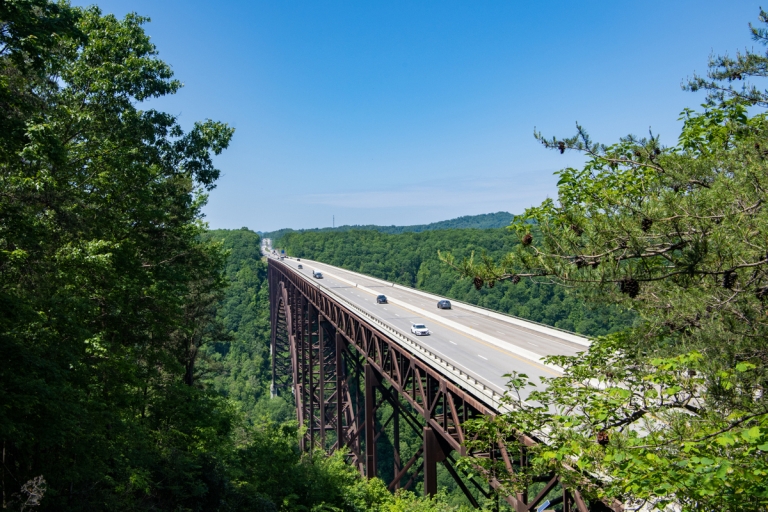
MORGANTOWN, W.Va. — Motivated by extreme weather events, one West Virginia University researcher is looking to emerging technologies to reimagine how state and city agencies might maintain roads and other transportation networks.
Kakan Dey’s expansive research will delve into a variety of ways a data-driven approach can enhance roadway maintenance operations — from modernizing maintenance vehicle fleets and rethinking the placement of operational hubs to utilizing artificial intelligence that analyzes real-time information collected by sensors on consumer cars or at roadside observation stations.
With funding from a prestigious, highly competitive $540,000 National Science Foundation CAREER award, Dey, an associate professor at the WVU Benjamin M. Statler College of Engineering and Mineral Resources, will consider how to transition to all-electric maintenance fleets and how to handle maintenance operations in scenarios in which real-time data streams in from sources such as “connected vehicles,” or automobiles that can transmit data about road conditions.
Like smartphones on wheels, connected vehicles capture and upload data about speed, road conditions, temperature, road friction, and a host of factors that tell artificial intelligence systems which parts of a transportation network need urgent attention. That information can allow emergency and maintenance operations to prioritize roadways where real-time data indicate major problems and to minimize time and resources spent on less affected roadways.
October marks the official launch date for Dey’s five-year project, Transportation Network Maintenance under Climate Change, Resource Uncertainties, and Connectivity.
Dey will also transform case studies from the research into educational activities for K-12 and higher education students and provide continuing education opportunities to transportation network maintenance professionals, with particular attention to engaging underrepresented groups.
Plowing through the data
Dey said his primary focus will be on winter weather conditions, although his research can be also applied to roads affected by issues like potholes or flooding — two other transportation-related problems that climate change is escalating.
By the time winter rolls around, he explained, every state department of transportation has a weather response plan in place. Units know where to go first if a storm comes. Depending on a few criteria, they know how many plows to send and the routes to take. Certain limited adjustments can be made to those plans, based on information from existing data sources such as the National Weather Service or permanent observation stations.
Dey envisions an alternative, in which data comes from sources like portable weather observation stations and “connected vehicles.”
Places with the highest risks for weather-related traffic problems should still have permanent observation stations, he explained. But connected vehicle and portable weather observation station data can provide real-time insights into lower-priority locations and areas where permanent observation stations are not economical, allowing agencies to use AI to analyze that data and adjust operations on the fly.
“U.S. surface transportation systems are in poor condition, with bridges and roads already unable to support growing demands for freight and passenger transportation in many regions,” Dey said. “Winter storms and other severe weather conditions stimulated by climate change will put an enormous burden on top of that. This research lays the groundwork for transforming traditional and primarily static transportation network maintenance operations into next-generation, dynamic programs.”
Investing in modernization
Dey said he believes agencies like state DOTs must make a gradual transition to all-electric fleets to minimize environmental impacts from transportation network maintenance, which not only means replacing existing fleets but building an infrastructure of battery charging stations.
That will require a big initial investment, and it’s fortunate, Dey acknowledged, that his research is happening against the backdrop of the $108 billion earmarked for transportation in the 2022 Bipartisan Infrastructure Law.
But Dey said a responsive approach to transportation network maintenance means economic savings after the initial investment. He predicted reductions in winter maintenance costs and time when operational decision-making accounts for real-time data from diverse sources.
And he argued that the cost is worth it.
“Twenty-one percent of traffic crashes occur during adverse winter weather conditions,” Dey said. “Weather-related traffic delays cost the U.S. freight transportation industry $2.2 to $3.5 billion every year. And transportation agencies spend more than $2.3 billion annually for winter roadway maintenance in the U.S. Among all types of transportation network maintenance, winter roadway maintenance is the most complex and resource intensive.”
Research that drives education
Because a skilled transportation workforce is critical to a high-tech transportation future, Dey said, he will engage K-12 students and WVU engineering students with classes and hands-on activities based on his research. For K-12 classrooms, he will create simplified case studies, while new WVU undergraduate and graduate courses on civil engineering asset management will teach students to develop and deploy technology solutions to manage transportation systems.
He said, “It’s vital that we start building a future STEM workforce by increasing awareness about STEM careers in K-12 students, preparing next-generation engineers through multidisciplinary research opportunities, and engaging groups underrepresented in engineering, such as women, minorities, and first-generation college students. It’s also critical for us to engage with professional organizations and train today’s workforce on emerging technologies and advanced analytics.”
Lending expertise to the project will be Anurag Srivastava, chair of the Lane Department of Computer Science and Electrical Engineering, who will consult on the implications for the power grid of transitioning to an all-electric fleet; Associate Professor Omar Abdul-Aziz, who will contribute to forecasting the effect of climate change on weather patterns; and Assistant Professor Abhik Roy, a program evaluation specialist from the College of Applied Human Sciences.
Micaela Morrissette, Research Writer with WVU Research Communications, contributed this story.






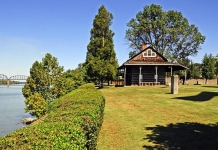

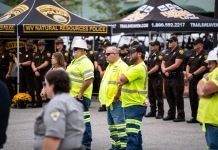

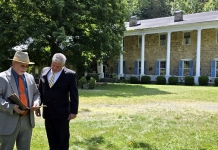
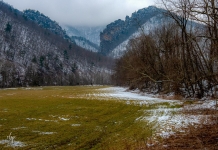

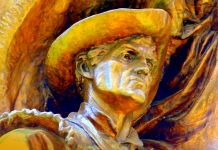

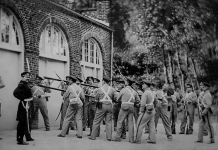
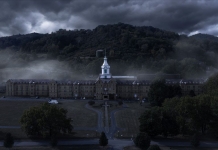












Facebook Comments